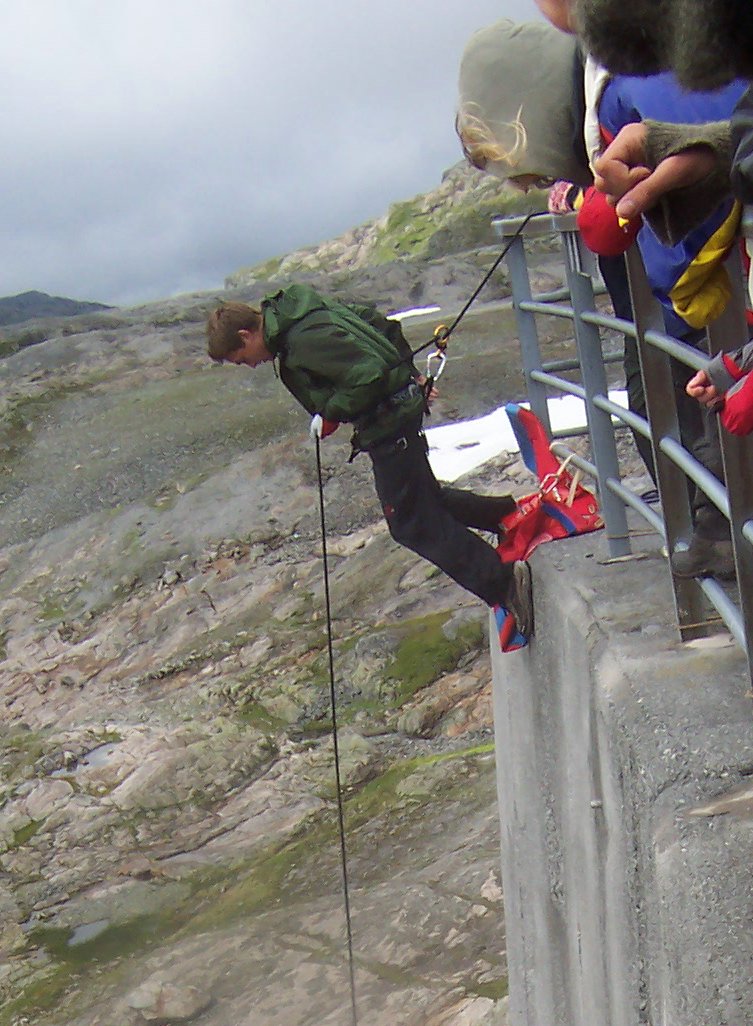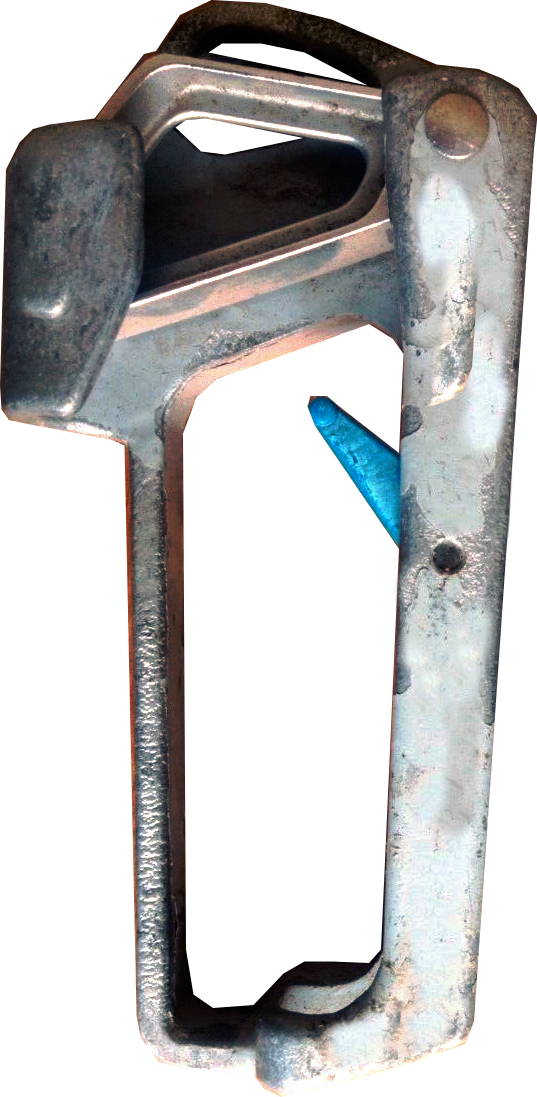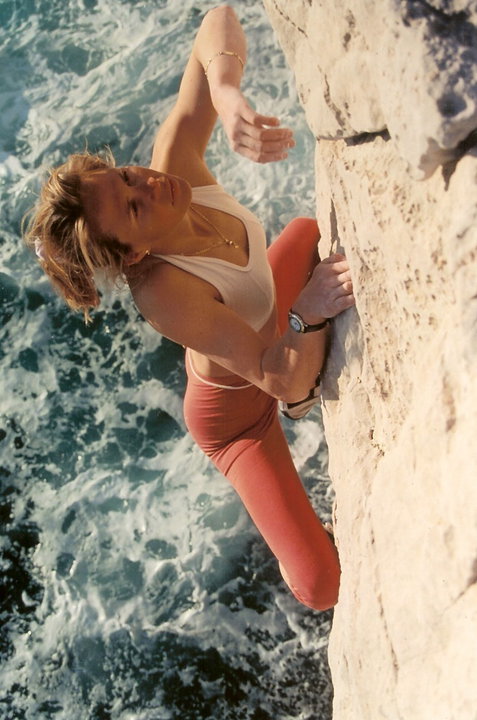|
Chockstone
Glossary of climbing terms relates to rock climbing (including aid climbing, lead climbing, bouldering, and competition climbing), mountaineering, and to ice climbing. ebook: The terms used can vary between different English-speaking countries; many of the phrases described here are particular to the United States and the United Kingdom. A B C D E F G ... [...More Info...] [...Related Items...] OR: [Wikipedia] [Google] [Baidu] |
American Death Triangle
The American Death Triangle, also known as the "American Triangle", "Triangle Anchor"The Mountaineers, 114. or simply the "Death Triangle", is a dangerous type of rock and ice climbing anchor infamous for both magnifying load forces on fixed anchors and lack of redundancy in attachment to the anchor. Description A two-point climbing anchor requires three carabiners: one at each fixed point and one at the "master point" where the load is transferred to the climbing rope. The aim is to distribute the force equally to each fixed point. A triangle anchor is formed by clipping a length of webbing or cord through all three carabiners, creating a shape which gives the dangerous anchor its descriptive name. The force on each fixed point depends on the angle at the focal point. The following table lists the percentage of force transferred to the fixed point for various focal point angles, along with figures for a standard V-shaped anchor. Table values are derived from vector analysis: ... [...More Info...] [...Related Items...] OR: [Wikipedia] [Google] [Baidu] |
Anchor (climbing)
In rock climbing, an anchor can be any device or method for attaching a climber, rope, or load to a climbing surfacetypically rock, ice, steep dirt, or a buildingeither permanently or temporarily. The intention of an anchor is case-specific but is usually for fall protection, primarily fall arrest and fall restraint. Climbing anchors are also used for hoisting, holding static loads, or redirecting (also called deviating) a rope. Types Depending on the surface being climbed, there are many types of protection that can be used to construct an anchor, including natural protection such as boulders and trees, or artificial protection such as cams, nuts, bolts or pitons. Natural A natural anchor is a secure natural feature that can serve as a climbing anchor by attaching a sling, lanyard, or cordelette and a carabiner. Examples of natural anchors include trees, boulders, lodged chockstones, horns, icicles, and protrusions. Artificial An artificial anchor consists of man-made ... [...More Info...] [...Related Items...] OR: [Wikipedia] [Google] [Baidu] |
Abseiling
Abseiling ( ; ), also known as rappelling ( ; ), is the controlled descent of a steep slope, such as a rock face, by moving down a rope. When abseiling, the person descending controls their own movement down a static or fixed rope, in contrast to Belaying, lowering off, in which the rope attached to the person descending is paid out by their belayer. Description The technique is used by Climbing, climbers, mountaineers, Caving, cavers, Canyoning, canyoners, search and rescue and rope access technicians to descend cliffs or slopes when they are too steep or dangerous to descend without protection. Many climbers use this technique to protect established Anchor (climbing), anchors from damage. Rope access technicians also use this as a method to access difficult-to-reach areas from above for various industrial applications like maintenance, construction, inspection and welding. To descend safely, abseilers use a variety of techniques to increase the friction on the rope to t ... [...More Info...] [...Related Items...] OR: [Wikipedia] [Google] [Baidu] |
Alpine Climbing
Alpine climbing () is a type of mountaineering that uses any of a broad range of advanced climbing skills, including rock climbing, ice climbing, and/or mixed climbing, to summit typically large routes (e.g. multi-pitch or big wall) in an alpine environment. While alpine climbing began in the European Alps, it is used to refer to climbing in any remote mountainous area, including in the Himalayas and Patagonia. The derived term alpine style refers to the fashion of alpine climbing to be in small lightly equipped teams who carry their equipment (e.g. no porters), and do all of the climbing (e.g. no sherpas or reserve teams). Alpinists face a wide range of serious risks in addition to the specific risks of rock, ice, and mixed climbing. This includes the risks of rockfalls (common with rock faces in alpine environments), avalanches (especially in couloirs), seracs and crevasses, violent storms hitting climbers on exposed mountain faces, altitude effects (dehydration, edema, f ... [...More Info...] [...Related Items...] OR: [Wikipedia] [Google] [Baidu] |
Aspect (geography)
In physical geography and physical geology, aspect (also known as exposure) is the compass direction or azimuth that a terrain surface faces. For example, a slope landform on the eastern edge of the Rockies toward the Great Plains is described as having an ''easterly aspect''. A slope which falls down to a deep valley on its western side and a shallower one on its eastern side has a ''westerly aspect'' or is a ''west-facing slope''. The direction a slope faces can affect the physical and biotic features of the slope, known as a slope effect. The term aspect can also be used to describe a related distinct concept: the horizontal alignment of a coastline. Here, the aspect is the direction which the coastline is facing towards the sea. For example, a coastline with sea to the northeast (as in most of Queensland) has a ''northeasterly aspect''. Aspect is complemented by '' grade'' (or inclination angle) to characterize the surface gradient. Importance Aspect can have a str ... [...More Info...] [...Related Items...] OR: [Wikipedia] [Google] [Baidu] |
Petzl Ascenders (On Rope)
Petzl is a French manufacturer of climbing gear, caving gear, work-at-height equipment, and headlamps based in Crolles (near Grenoble), France. The company was created by the cave explorer Fernand Petzl in the mid-1970s. Their three specialties are: *Vertical sports: equipment for mountaineering, climbing, caving, etc. *Work at height and rescue: solutions for progression and safety in difficult-access worksites and in technical rescue. *Headlamps (head torches) that provide hands-free lighting. History Fernand Petzl, born in 1912, began his caving career in the late 1920s and early 1930s. In 1936, Petzl was introduced to, then small-time caver, Pierre Chevalier. The two began work on improving the technology behind their sport. In 1943, Chevalier designed and tested the first nylon rope to replace caving ladders. This technology provided the foundation for nearly all vertical safety methods to come. Chevalier's innovation led to the first 1,000 meter cave descent when Pet ... [...More Info...] [...Related Items...] OR: [Wikipedia] [Google] [Baidu] |
Ascender (climbing)
An ascender is a device (usually mechanical) used for directly ascending, or for facilitating protection, with a fixed rope when climbing on steep mountain terrain. A form introduced in the 1950s became so popular it began the term "Jumar" for the device, and the verb "to jumar" to describe its use in ascending. Ascenders can also be used as braking components within a rope-hauling system, often used in rescue situations. Use Ascenders are usually used in pairs on a single rope and offer similar functionality to friction knots, but are faster, safer, and easier to use, albeit still with consequences in weight and in security (as ascenders can, even with a locking carabiner, come off the rope, and fail by shredding the rope at high loads, rather than slipping and fusing as with friction knots). A mechanical ascender employs a cam which allows the device to slide freely in the intended direction of movement, but provides a firm grip on the rope when pulled in the opposite d ... [...More Info...] [...Related Items...] OR: [Wikipedia] [Google] [Baidu] |
Deep Water Solo Spot, Algarve Portugal
Deep or The Deep may refer to: Places United States * Deep Creek (Appomattox River tributary), Virginia * Deep Creek (Great Salt Lake), Idaho and Utah * Deep Creek (Mahantango Creek tributary), Pennsylvania * Deep Creek (Mojave River tributary), California * Deep Creek (Pine Creek tributary), Pennsylvania * Deep Creek (Soque River tributary), Georgia * Deep Creek (Texas), a tributary of the Colorado River * Deep Creek (Washington), a tributary of the Spokane River * Deep River (Indiana), a tributary of the Little Calumet River * Deep River (Iowa), a minor tributary of the English River * Deep River (North Carolina) * Deep River (Washington), a minor tributary of the Columbia River * Deep Voll Brook, New Jersey, also known as Deep Brook Elsewhere * Deep Creek (Bahamas) * Deep Creek (Melbourne, Victoria), Australia, a tributary of the Maribyrnong River * Deep River (Western Australia) People * Deep (given name) * Deep (rapper), Punjabi rapper from Houston, Texas ... [...More Info...] [...Related Items...] OR: [Wikipedia] [Google] [Baidu] |
Deep-water Soloing
Deep-water soloing (DWS), also known as psicobloc (from "psycho-bouldering"), is a form of free solo climbing where any fall should result in the climber landing safely into deep water below the climbing routes, route. DWS is therefore considered safer than normal free solo climbing, however, DWS brings several unique additional risks including trauma from uncontrolled high-speed water entry, injury from hitting hazards above and below the water while falling, and drowning in rough or tidal seas, and is thus considered riskier than normal bouldering. Deep-water soloing was largely started in Mallorca in 1978 by Miquel Riera and his discovery of ''Cova Del Dimoni'', and was further popularised and developed by British climbers Tim Emmett, Mike Robertson, and Neil Gresham, and Austrian climber Klem Loskot. DWS came to worldwide attention with Chris Sharma's 2006 ascent of the sea arch of ''Es Pontàs (climb), Es Pontàs'', which at was one of the List of grade milestones in rock ... [...More Info...] [...Related Items...] OR: [Wikipedia] [Google] [Baidu] |
Arête
An arête ( ; ) is a narrow ridge of rock that separates two valleys. It is typically formed when two glaciers erode parallel U-shaped valleys. Arêtes can also form when two glacial cirques erode headwards towards one another, although frequently this results in a saddle-shaped pass, called a col. The edge is then sharpened by freeze-thaw weathering, and the slope on either side of the arête steepened through mass wasting events and the erosion of exposed, unstable rock. The word ''arête'' is French for "edge" or "ridge"; similar features in the Alps are often described with the German equivalent term ''Grat''. Where three or more cirques meet, a pyramidal peak is created. Cleaver A cleaver is a type of arête that separates a unified flow of glacial ice from its uphill side into two glaciers flanking, and flowing parallel to, the ridge, analogous to an exposed mid-channel bar in a braided river. Cleaver gets its name from the way it resembles a meat cleaver slicin ... [...More Info...] [...Related Items...] OR: [Wikipedia] [Google] [Baidu] |
Ape Index
Ape index, ape factor, or gorilla index is slang or jargon used to describe a measure of the ratio of an individual's arm span relative to their height. A typical ratio is 1, as identified by the Roman writer, architect and engineer Vitruvius prior to 15 BC. Vitruvius noted that a "well made man" has an arm span equal to his height, as exemplified in Leonardo da Vinci's c. 1492 drawing, the ''Vitruvian Man''. In rock climbing it is believed that an ape index greater than one, where the arm span is greater than the height, provides for a competitive advantage, and some climbers have expressed the belief that exercise can result in an improved ratio, although this view is somewhat controversial.. Computation The ape index is usually defined as the ratio of arm span to height. However, an alternative approach is arm span minus height with the result being positive, 0 or negative. Unlike the dimensionless ratio, this calculation produces a numeric value in the units of meas ... [...More Info...] [...Related Items...] OR: [Wikipedia] [Google] [Baidu] |







